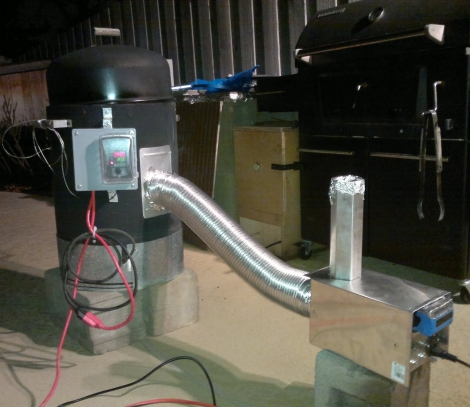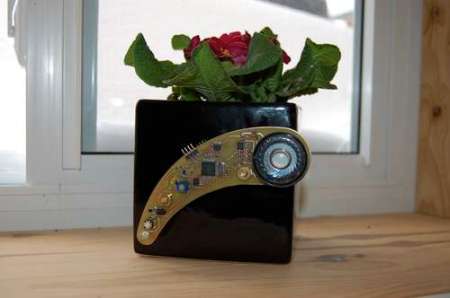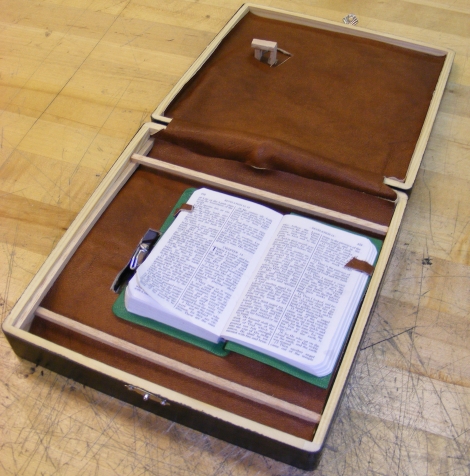Bradley smokers are coveted for their ease of use, as they require very little interaction from the user once the hopper is loaded with wood pucks and the machine is powered on. The more robust models are quite pricey, so [Maukka] decided to build his own version of a Bradley smoker as an add on to his existing unit. He fabricated a smoke generator out of aluminum, including all of the components you would normally find in an automated smoker. Once the hopper is loaded with wood pucks, the smoker runs autonomously, shuffling new pucks onto the heating element, presumably at timed intervals. The main barrel of the smoker has a separate PIC-controlled heating element installed, and is connected to the smoke generator by an aluminum duct. This configuration allows [Maukka] to cold smoke items such as fish, nuts, and cheeses using the smoke generator by itself, while also permitting the smoking of meats at far higher temperatures when the main heating element is used. This is truly a fantastic build, and the cold smoker component is something I would love to have as an addition to my Weber bullet.
Be sure to explore his blog a bit to catch all of the build details, as they are separated into various posts.
[Thanks Hali Batsuiba]


















